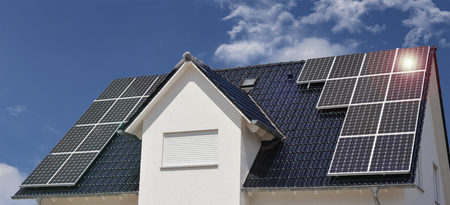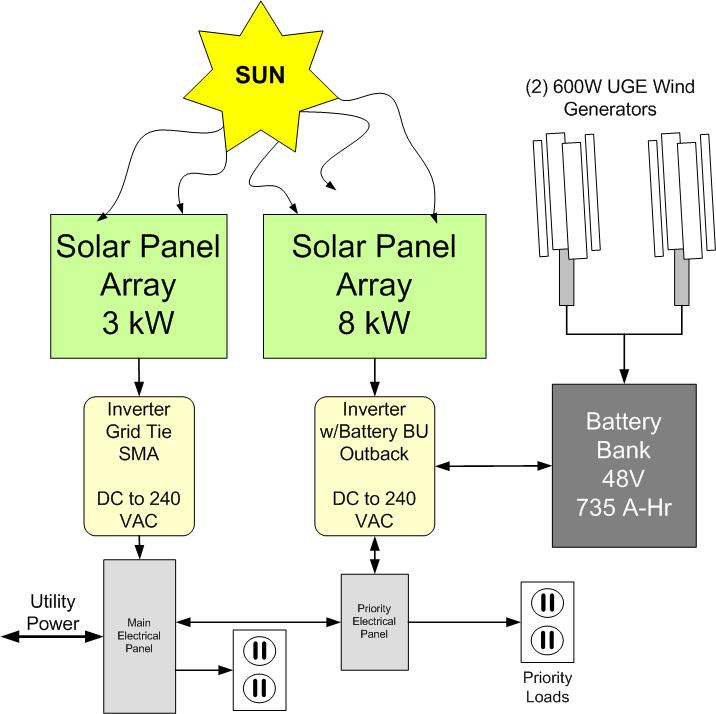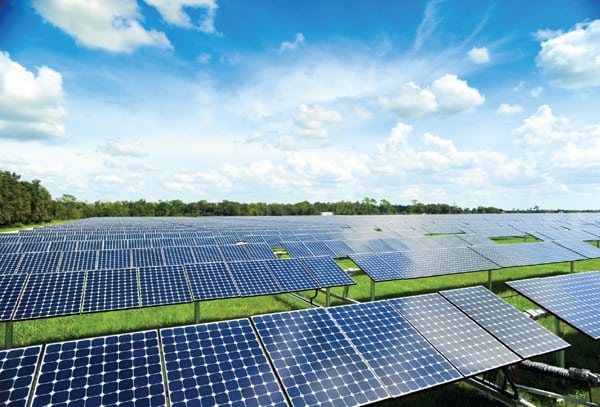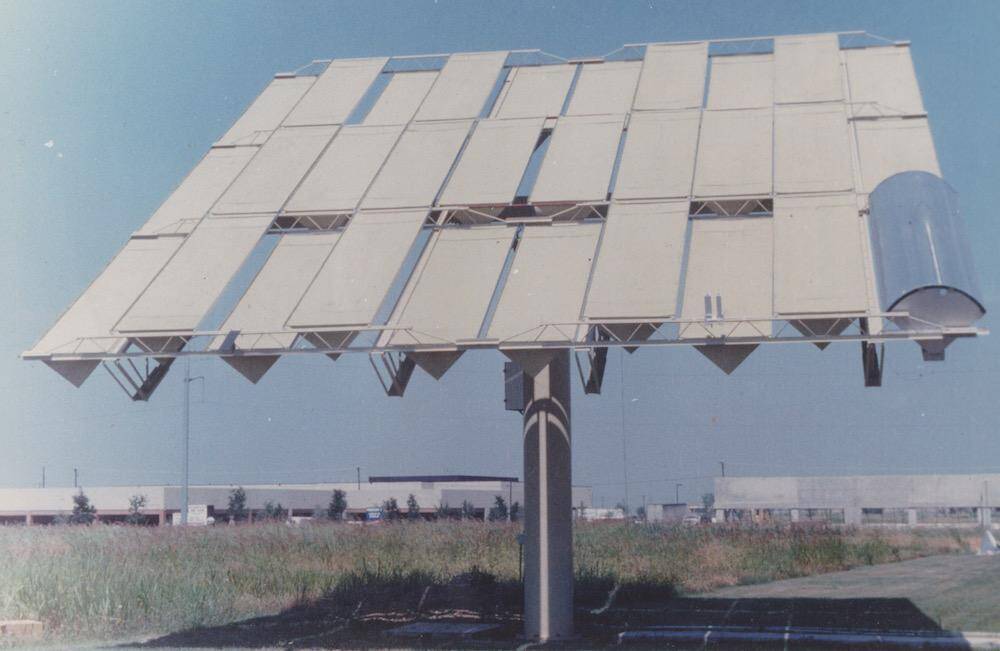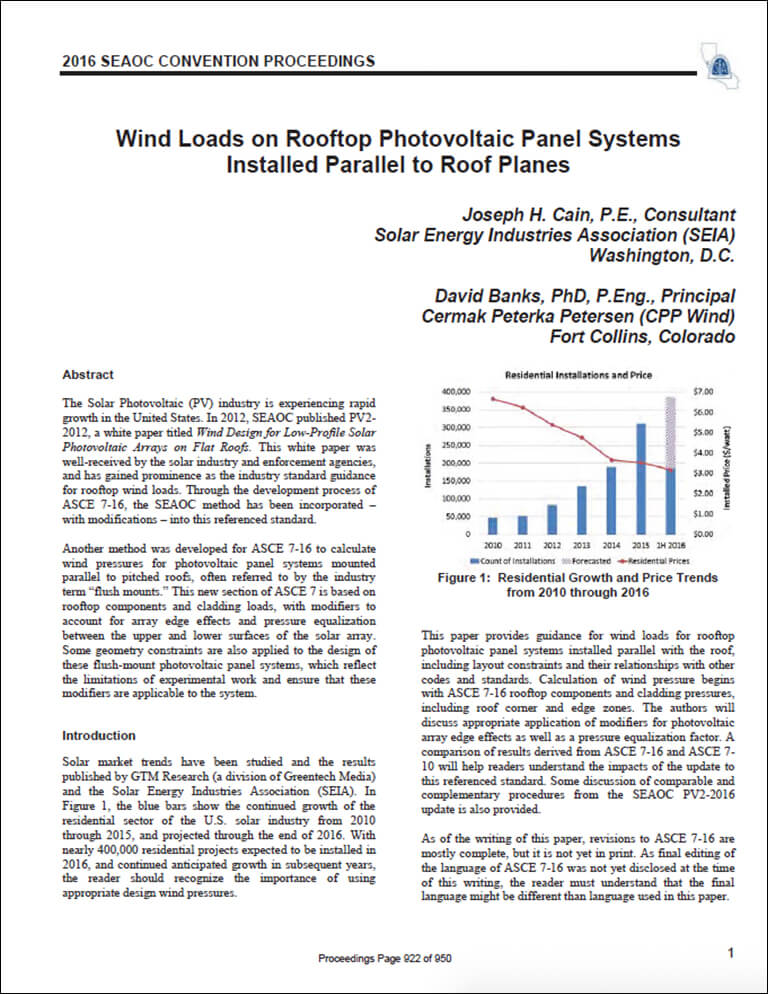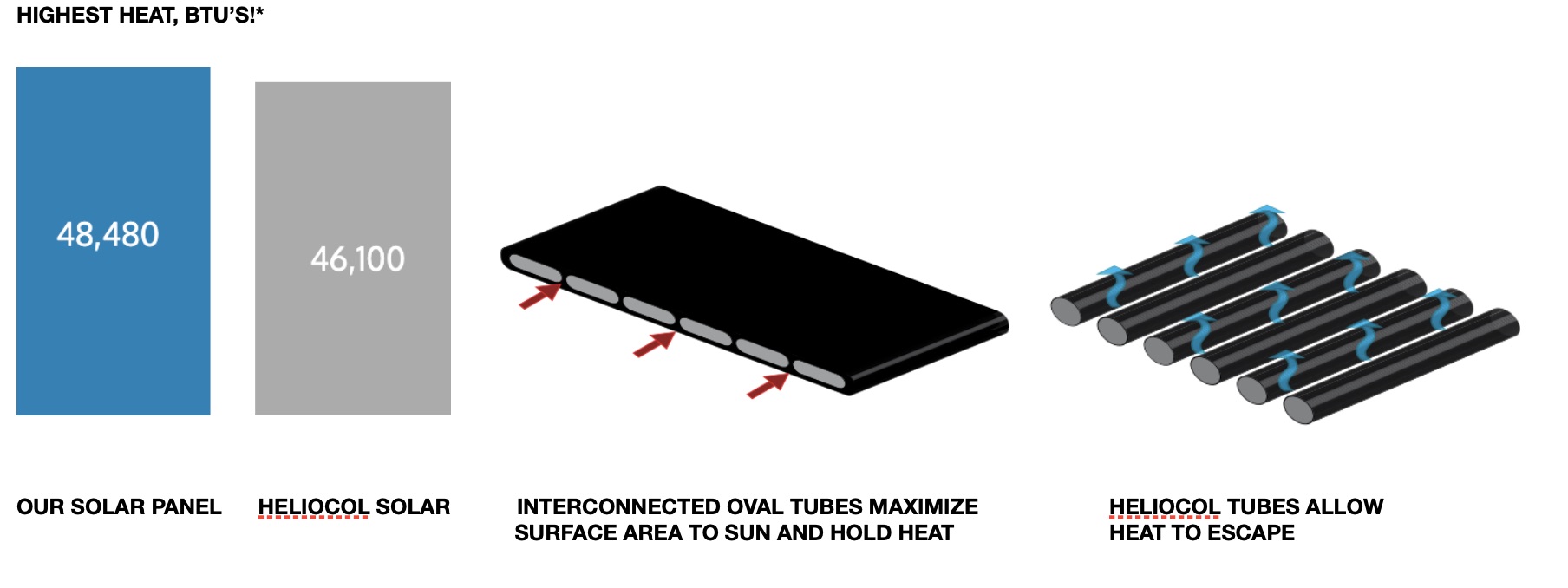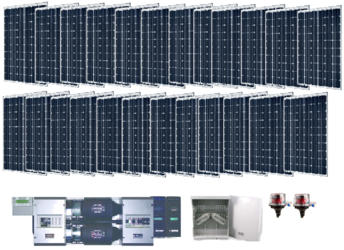Florida for example has rules in place that require the majority of panels that can be installed to be able to withstand winds of at least 160 mph or 3 300 pascals.
Solar panel wind loads florida.
Wind loads on rooftop solar panels asce 7 16 sections 29 4 3 and 29 4 4 new provisions for determining wind loads on rooftop solar panels have been added to asce 7 16.
Wind borne debris region where design speeds are greater than 120 mph or greater than 110 mph if within 1 mile of the coast.
Protection from wind borne debris in.
The weight per 100sq ft kg range is 85 110.
Structural engineers use the solar panel roof load calculator to come up with the correct load capacity of the roof material.
The 2010 florida building code is now the effective code and this requires that solar panels components and cladding meet wind loads that are imposed upon them.
The solar america board for codes and standards put together a report to assist solar professionals with calculating wind loading and to design pv arrays to withstand these loads.
High velocity hurricane zone of miami dade and broward counties.
Iv wind load calculations for pv arrays b section 6 5 12 4 1 addresses wind loads on components and cladding.
Except the florida panhandle where the region lies within 1 mile of the coast.
This requires solar installers to test their panels and racking equipment to ensure that they will remain anchored to your roof in hurricane level winds.
For example the weight per square footing for asphalt shingle weight per 100sq ft lbs range is 190 250.
Solar panels must be firmly attached to the building and have enough attachment points to resist wind uplift.
For example in some areas of southern florida where hurricane season predictably brings extreme winds every year solar panels must be installed to withstand winds up to 170 miles per hour.
The weight of solar panels is negligible and rarely needs to be considered.
Prior versions of asce 7 have not specifically addressed loads on rooftop solar panels.
When building a structure it is important to calculate wind load to ensure that the structure can withstand high winds especially if the building is located in an area known for inclement weather.
We recommend the use of section 6 5 12 4 1 and supporting figures only for the design of the pv module attachment clips and hardware to the structure and for calculating loads on individual pv modules.
The fact that florida is frequently under hurricane risk and the lack of information related with design wind loads on solar panels result in a limited use of solar panels for generating energy in the sunshine state florida.

